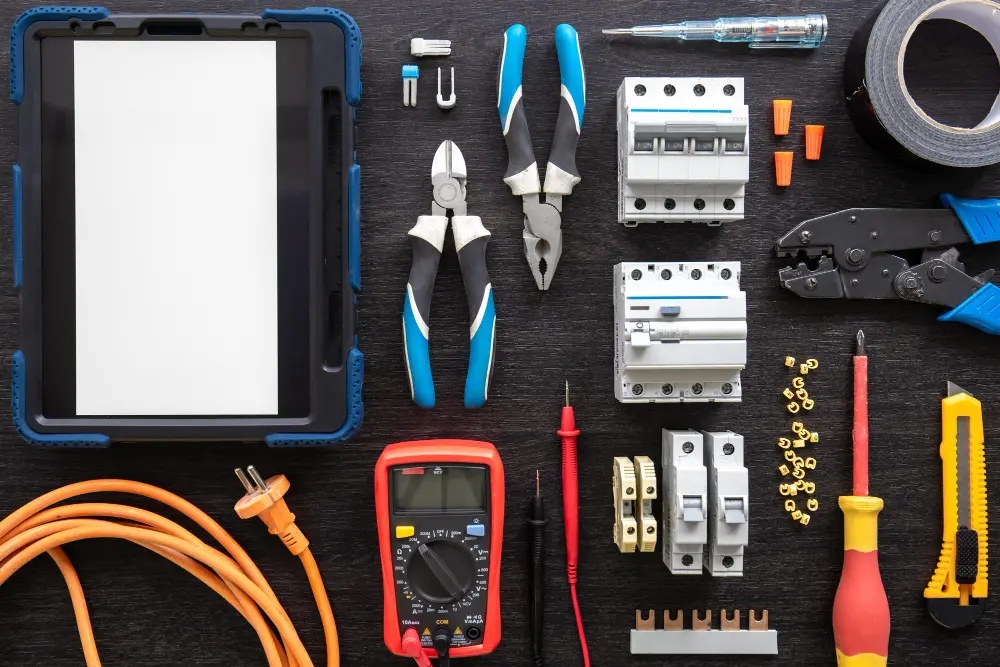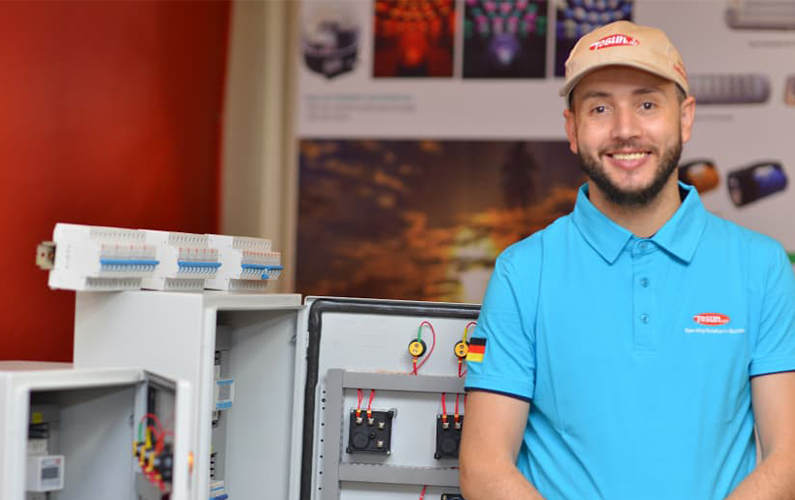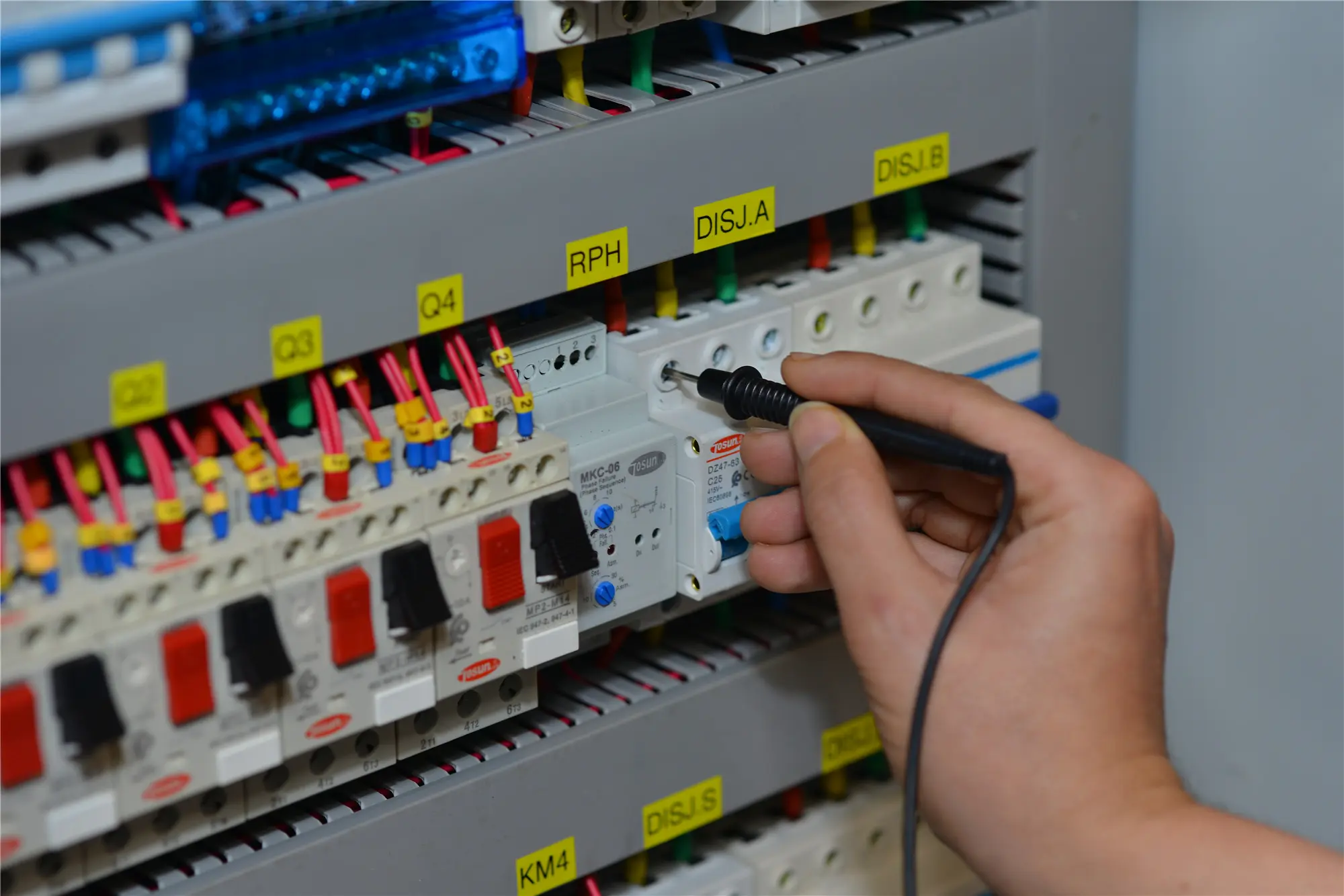Si të importoni mallra elektrike nga Kina?
Tabela e Përmbajtjes
NdryshoTo import electrical goods from China, you need to find a verified electrical equipment supplier, obtain proper certifications, and handle shipping documentation. The process typically takes 30-60 days and can reduce costs by 40-70% compared to domestic suppliers. Key steps include supplier verification, sample testing, contract negotiation, and customs clearance.
What Documents Do You Need for Importing Electrical Equipment?
Import documentation requirements are standardized but critical for smooth customs clearance. Missing or incorrect paperwork causes delays and additional costs. Prepare these essential documents before shipping:
- Commercial invoice with detailed product descriptions and values
- Packing list showing exact quantities, weights, and dimensions
- Certificate of origin for duty rates and trade benefits
- Safety certifications (UL for the US, CE for Europe)
- Bill of lading (ocean) or air waybill (air freight)
- Bank documentation (L/C or wire transfer confirmations)
Keep copies of all supplier contracts and purchase orders for customs review.
How Do You Find Reliable Switchgear Manufacturers?
Start your search on established B2B platforms like Alibaba, Made-in-China, and Global Sources. Look for suppliers with verified business licenses and at least 5 years of export experience. Check their product catalogs to ensure they manufacture your specific electrical components.
Request factory audit reports or conduct virtual facility tours. Verified manufacturers will readily share their production capabilities and quality control processes. Ask for customer references from your target market region.
Sample orders help verify product quality before committing to larger purchases. Watch for warning signs that indicate unreliable suppliers during your research process:
- Prices 50%+ below market average
- Reluctance to provide factory information
- No physical address or manufacturing facility
- Poor English communication skills

What Are the Import Costs and Duties?
Total import costs include more than just the supplier’s quoted price. Plan for significant additional expenses that can add 15-25% to your total costs. Here’s the complete breakdown:
- Product price (supplier quote)
- Ocean freight: $3-8 per cubic meter
- Air freight: $12-25 per kilogram
- US import duties: 0-8.5% (varies by HS code)
- Customs brokerage: $150-300
- Terminal handling: $300-500
- Inland transportation costs
- Insurance (typically 0.2-0.5% of shipment value)
US import duties on electrical products vary significantly. Circuit breakers (HS 8536.20) face 1.5% duty rates, while distribution equipment (HS 8537.10) has 2.7% duties. Check current rates frequently as trade policies change.
How Long Does the Import Process Take?
The complete import timeline typically spans 60-120 days from initial contact to delivery. Understanding each phase helps you plan inventory and manage customer expectations effectively:
- Supplier research and verification: 7-14 days
- Sample ordering and testing: 10-20 days
- Production time: 15-30 days (standard items) or 45-60 days (custom orders)
- Shipping: 7-10 days (air) or 25-35 days (ocean)
- Customs clearance: 3-7 days with proper documentation
Always confirm production schedules before placing orders. Plan for potential delays during peak seasons, such as the Chinese New Year or holiday shipping periods.
What Safety Certifications Are Required?
Safety certifications vary by destination market but are mandatory for electrical products. UL certification is required for most electrical equipment entering the US market. The testing and certification process costs $15,000-40,000 and takes 12-20 weeks for complex electrical equipment.
CE marking is mandatory for electrical products sold in European Union countries. CSA certification is required for the Canadian market. These certifications must be obtained before shipping to avoid customs rejection.
Work with your electrical equipment supplier to ensure they have proper certifications. Many established Chinese manufacturers have already received multiple international approvals. Request certification copies before placing orders.
The most common certifications include UL for North America, CE for Europe, and CSA for Canada. Verify these match your target market requirements before finalizing supplier selection.
How Do You Ensure Product Quality?
Quality control starts with supplier selection and continues through delivery. Choose manufacturers with ISO 9001 quality management certification. Request production process documentation and quality control procedures.
Pre-production samples allow you to verify specifications and performance. Third-party inspection services can monitor production and conduct pre-shipment quality checks. These services cost $300-800 per inspection but prevent costly quality issues.
Document all quality requirements in your purchase contract, including penalties for non-compliance. Establish clear checkpoints throughout the production and shipping process:
- Raw material inspection
- In-line production monitoring
- Pre-shipment final inspection
- Receiving inspection atthe destination
What Payment Methods Should You Use?
Letter of Credit (L/C) provides the highest security for international transactions. Banks verify documents before releasing funds to suppliers. L/C fees typically cost 0.1-0.5% of transaction value plus bank charges.
Trade Assurance through Alibaba offers payment protection for qualified suppliers. Wire transfers work with established suppliers but provide less recourse for disputes. Avoid paying full amounts upfront with new suppliers.
Standard payment terms are 30% deposit and 70% balance before shipping. Some suppliers offer net payment terms after building trust. PayPal and credit cards work for smaller sample orders but have higher fees.
Which Shipping Method Should You Choose?
Ocean freight offers the lowest cost for bulk electrical equipment shipments. A 20-foot container handles approximately 28 cubic meters of cargo. Full container loads (FCL) provide better rates than less-container-load (LCL) shipments.
Air freight costs 3-5 times more but delivers quickly for urgent orders. Use air shipping for high-value items, samples, or time-sensitive deliveries. Consider sea-air combination shipping for balanced cost and speed.
Factor in seasonal capacity constraints during the Chinese New Year (February) and peak shipping seasons (September-November). Book shipping space early during these periods to avoid delays and surcharges.
How Do You Handle Customs Clearance?
Hire experienced customs brokers who understand electrical product classifications. Provide complete and accurate documentation to avoid delays. Harmonized System codes determine duty rates and import restrictions.
Standard electrical product codes include:
- 8536.20 (Circuit breakers)
- 8537.10 (Switchgear assemblies)
- 8504.23 (Power transformers)
- 9405.40 (LED lighting fixtures)
Customs may physically inspect electrical shipments for safety compliance. Have all required certifications readily available. Incorrect documentation can result in storage fees and shipment delays.
What About Working With Industrial Electrical Supply Distributors?
Consider partnering with established distributors who understand your target market. These distributors often have existing relationships with electrical equipment suppliers and can handle logistics. They typically require 30-50% gross margins but provide market access and customer support.
Evaluate distributor capabilities, including warehouse facilities, sales coverage, and technical support. Some distributors offer private labeling services and can handle regulatory compliance. This reduces your operational complexity but impacts profit margins.
Direct importing provides higher margins but requires more resources. Choose the approach that matches your business capabilities and growth objectives.
How Do You Manage Inventory and Warehousing?
Plan inventory levels based on lead times and demand forecasting. Electrical products have long shelf lives but require proper storage conditions. Moisture and temperature control prevent component degradation.
Consider third-party logistics providers who specialize in electrical wholesale supply. They offer warehouse facilities, order fulfillment, and distribution services. Monthly costs typically range from $2-$5 per square foot plus handling fees.
Implement inventory management systems to track stock levels and automate reordering. This prevents stockouts and reduces carrying costs. Plan for seasonal demand fluctuations in construction and industrial markets.
konkluzioni
Importing electrical goods from China offers substantial cost savings when you partner with the right electrical equipment supplier. The key is finding manufacturers with proper certifications, proven quality control, and reliable export experience to avoid costly delays and compliance issues.TOSUNlux has served as a trusted switchgear manufacturer for over 30 years, helping businesses worldwide navigate the import process successfully. Our industrial electrical supply range includes certified circuit breakers, distribution equipment, and control devices that meet international standards. Contact our team to discuss your electrical wholesale supply needs and streamline your import process with an experienced partner.
Blogjet e fundit
Kërkoni një ofertë
Tel: +86-577-88671000
Email: ceo@tosun.com
Skype: deri në energji elektrike
Wechat: +86-139 6881 9286
WhatsApp: +86-139 0587 7291
Adresa: Dhoma Nr. 1001 Wenzhou Fortune Center, Station Road, Wenzhou, Kinë
KËRKONI NJË KUOT
Na WhatsApp
 : +86-139 0587 7291
: +86-139 0587 7291 anglisht
anglisht Español
Español Русский
Русский Français
Français Arabisht
Arabisht Português në Brazil
Português në Brazil Ukrainas
Ukrainas Türkçe
Türkçe Polski
Polski Hollanda
Hollanda Italiano
Italiano Bahasa Indonesia
Bahasa Indonesia हिन्दी
हिन्दी اردو
اردو አማርኛ
አማርኛ shqip
shqip ไทย
ไทย mongolisht
mongolisht gjuha shqipe
gjuha shqipe Shqip
Shqip English
English


